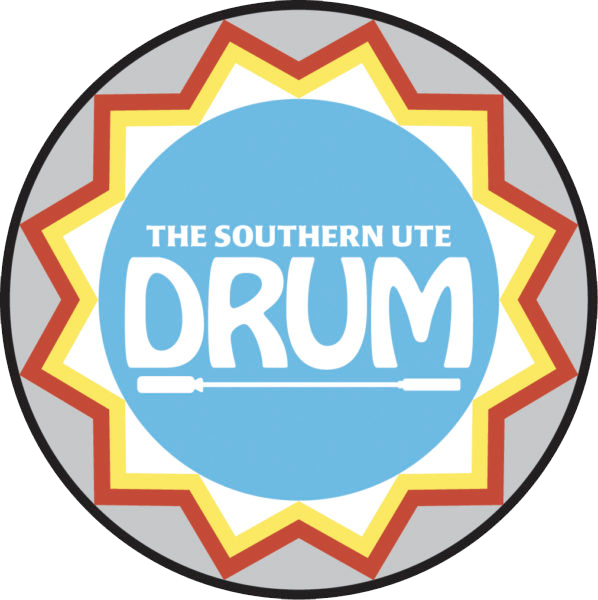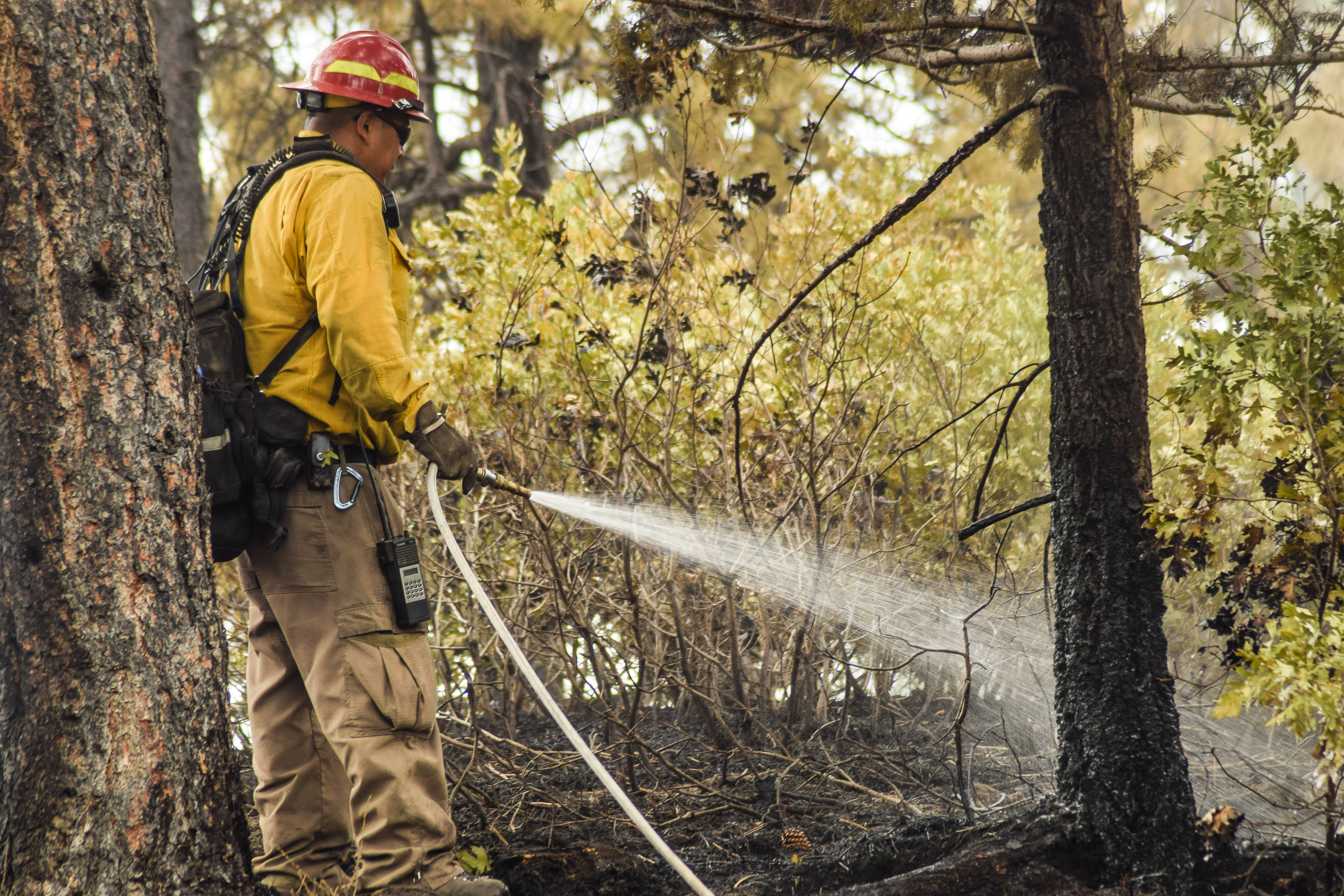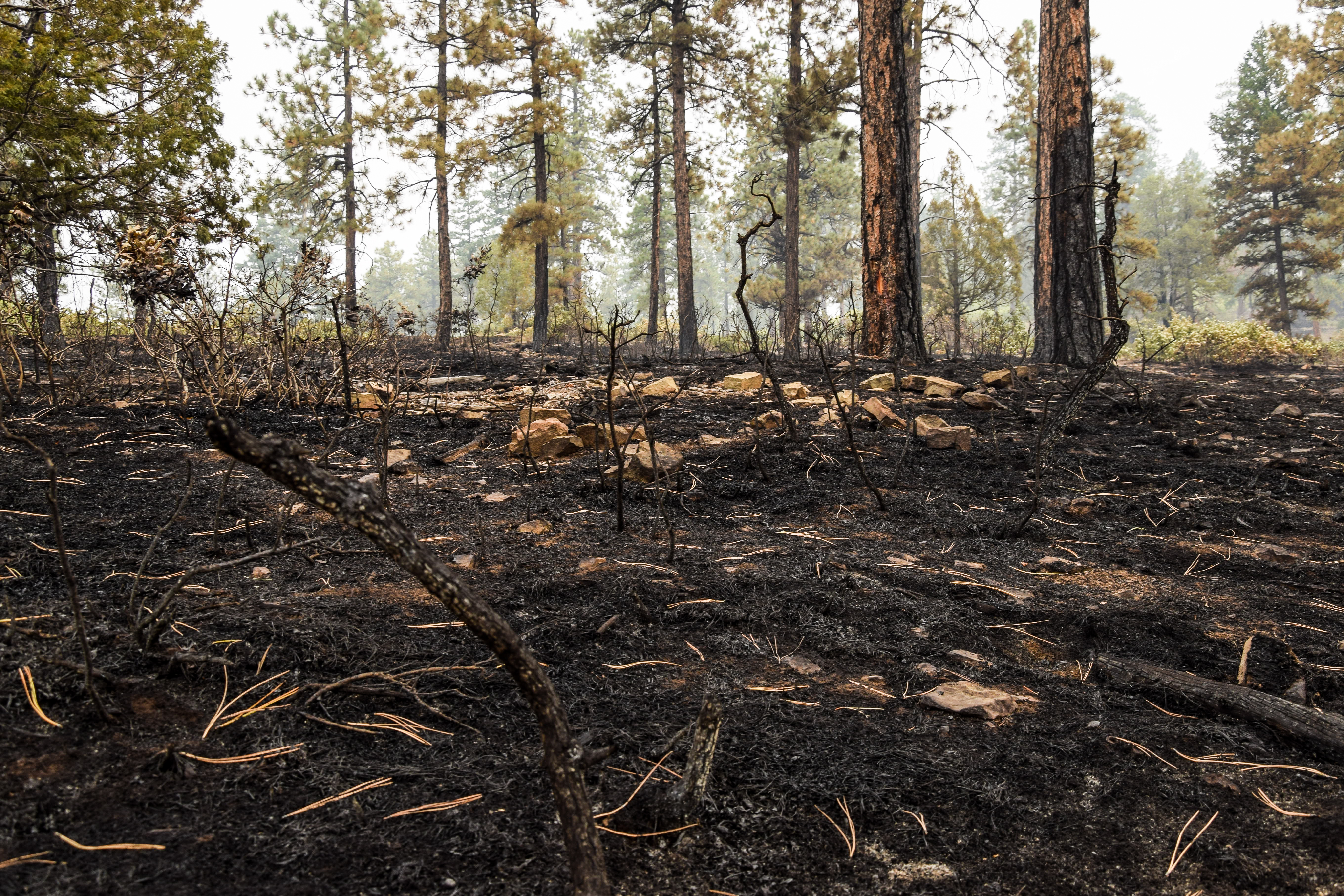A series of prescribed fire burns have recently been conducted by the Southern Ute Indian Tribe’s Fire Services and Forestry Department, aided by the Bureau of Indian Affairs and tribal affiliates, including the Navajo Nation, Ute Mountain Ute Tribe, Jicarilla Apache Tribe, Mescalero Apache Tribe, Zuni Pueblo, Los Pinos Fire Department, and the BIA Southwest Regional Office. Approximately 70 personnel were involved with the project.
Prescribed fire is one of the key tools used in fuel reduction and restoration of ponderosa pine stands. Resource benefits of burning include increased forage and improved habitat for numerous wildlife species. The project is intended to reduce potential wildlife intensity and severity. The project covers approximately 10 miles of perimeter and expands to 4,860 acres.
“Our objective is to reduce hazardous fuels for fire suppression and to improve the wildlife habitat,” commented Rich Gustafson, Fire Management Officer. “We burn all the dead underbrush that can cause fires to spread, and this prevents fires from going into neighboring lands if there happens to be a natural fire. We’ve been burning since Saturday and have stopped on Tuesday. Now we’re securing the perimeter and monitoring the burns. This is our fifth prescribed fire burn in the last six years.”
The locations of these prescribed fires reside in Garcia Canyon, about 15 miles from Pagosa Springs, and Pargin Mountain, located north of Faucet Gulch near Bayfield. The fires are started by a plastic sphere dispenser (PSD), which are dropped aerial and ignite a few seconds after hitting the ground, allowing better control of underbrush burning.
“When we do these burns, we don’t do it just to do it, we have to conduct it on an area that really needs it,” stated Howard Richards Jr., Assistant Fire Management Officer. “We want people to understand that the smoke they are seeing is nothing serious, and it’ll protect and support other resources such as water, air quality, and cultural areas. It will increase the quality of forage for wildlife in the long run.”
“We want the community to know that we’re out here making the reservation safer and more abundant,” added Rich Gustafson. “We’ve had a lot of help out here, and we will continue to monitor things to ensure it goes smoothly.”




